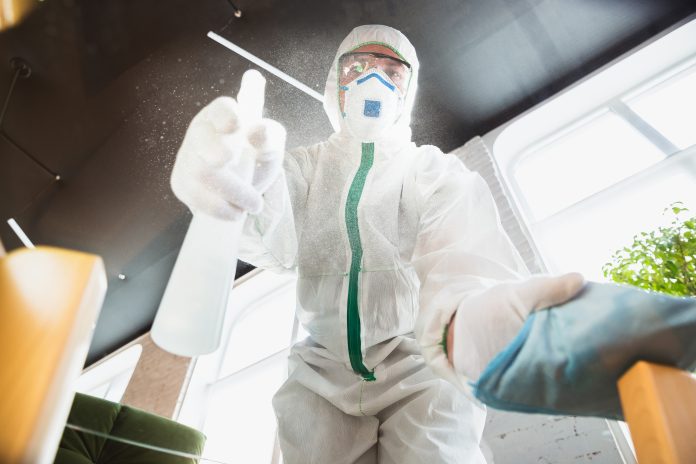A new study from the University of Waterloo has found that applying UVC light to common disinfectants makes them safer to use against COVID-19
Benzalkonium chloride (BAK) is the most common active ingredient used in many disinfectants used in hospitals and households to protect against viruses and bacteria, including COVID-19.
Due to its toxicity, it can’t be used in high concentrations and is harmful to humans, as well as the environment.
Ultraviolet light
However, researchers have discovered that its toxicity could be fully neutralized using ultraviolet light (UVC) when tested on cultured human corneal cells.
After exposing a BAK solution to germicidal ultraviolet-C lamps, they applied the solution to cultured human corneal cells for five minutes and analysed for cell metabolic activity and viability.
The BAK solutions were completely neutralized by UVC as the solutions no longer harmed the cultured human corneal epithelial cells.
“Our results show that a disinfecting procedure using BAK followed by UVC radiation can minimize the harmful effect of BAK residues on humans and the environment,” said Dr. David McCanna of Waterloo’s Department of Optometry & Vision Science.
“Such a procedure also has a great potential to maximize the disinfection efficacy by utilizing two different antimicrobial mechanisms.
“As the pandemic continues, our findings are especially important as it provides another method to make our hospitals, food, homes, and the environment safer.”
“With concerns about the spread of COVID-19, people are utilizing products with BAK as an active ingredient more than ever,” said Waterloo alumnus and lead author Dr. Manlong Xu, who is currently a clinical research fellow in the University of Alberta’s Department of Ophthalmology and Visual Science.
“For many industries, there is the demand to improve the efficacy of standard disinfection procedures, while also keeping in mind any potential negative impact on the environment.”
The full study has been published in the journal Cutaneous and Ocular Toxicology.











